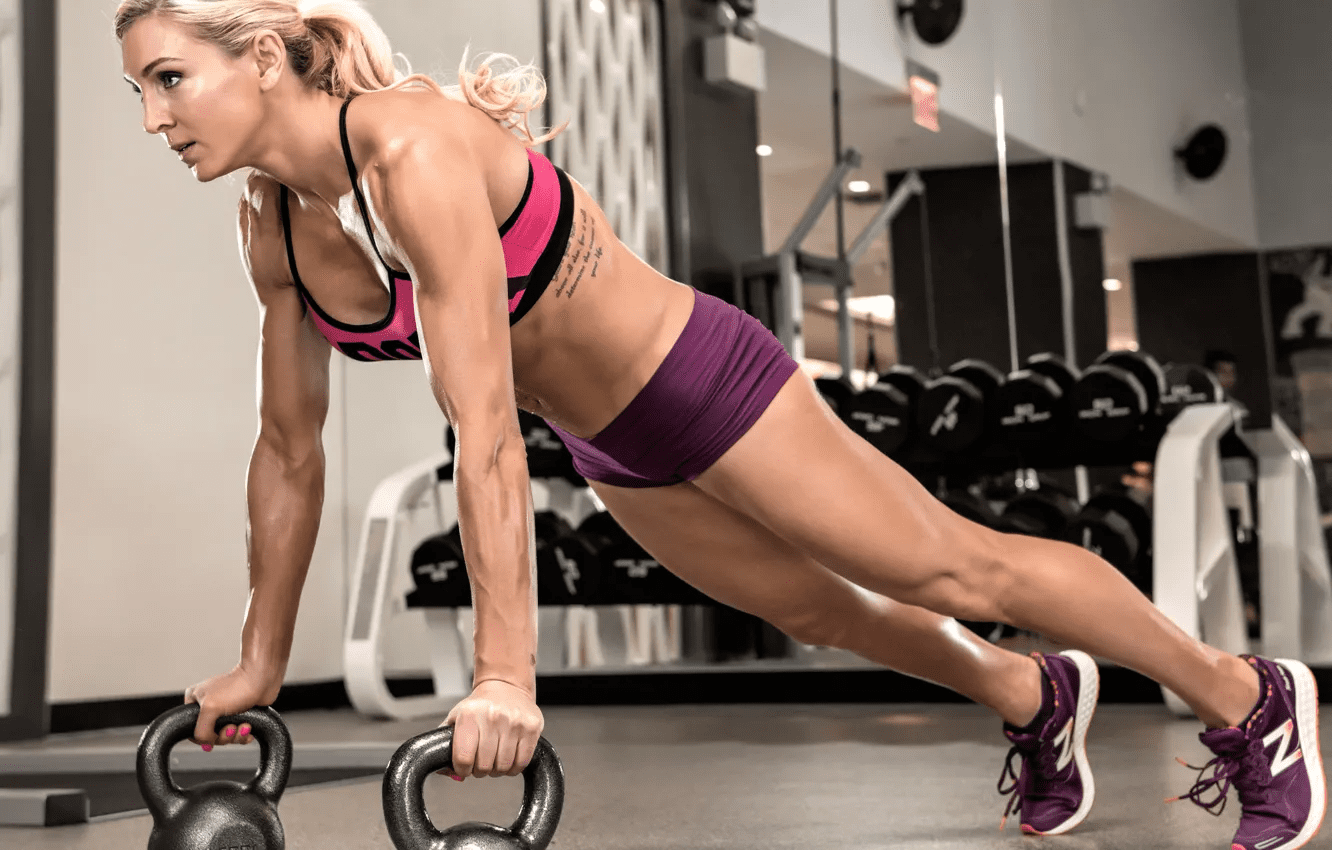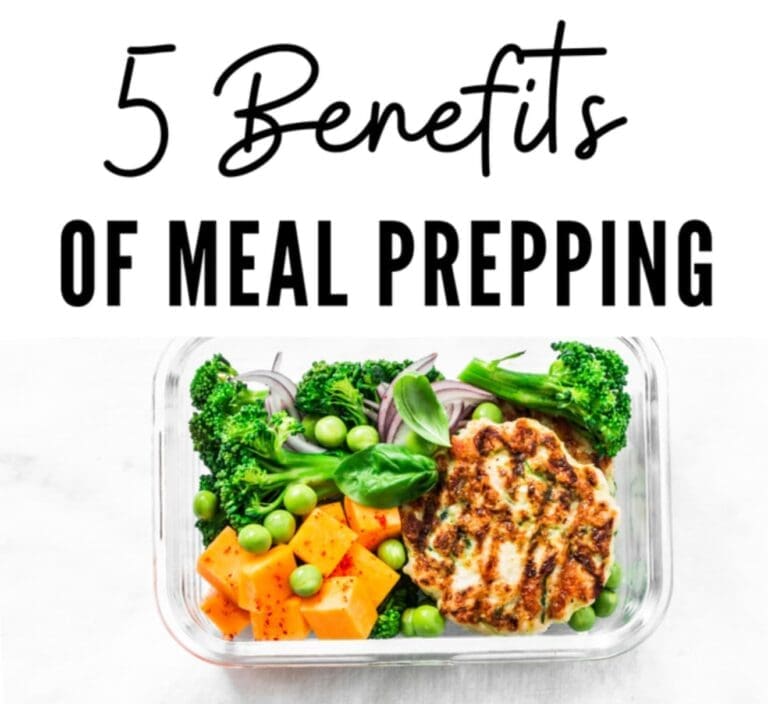 Introduction
Introduction
Hey there, fitness enthusiasts! Holly Roser here, your go-to personal trainer in San Mateo. Today, we’re diving into the age-old fitness conundrum: how to strike that perfect balance between cardio and strength training. Whether you’re a seasoned gym-goer or just starting your fitness journey, finding the right mix of heart-pumping cardio and muscle-building strength work can feel like trying to solve a Rubik’s cube blindfolded. But don’t sweat it (well, at least not yet) – I’m here to break it down for you in a way that’ll have you balancing your workouts like a pro.
As a personal trainer who’s seen it all, from runners afraid to pick up a dumbbell to weightlifters who think the treadmill is their arch-nemesis, I can tell you that the sweet spot lies somewhere in between. And trust me, when you nail this balance, you’ll be unstoppable. So, let’s lace up those sneakers, chalk up those hands, and dive into the world of balanced fitness – Holly Roser Fitness style!
The Cardio Conundrum: Why Your Heart Needs the Hustle
The Benefits of Getting Your Heart Racing
Let’s kick things off with cardio – you know, that stuff that makes you feel like you’ve run a marathon even if you’ve just chased after the ice cream truck. Cardiovascular exercise is your heart’s best friend, and here’s why:
- Heart Health Hero: Regular cardio workouts strengthen your heart, making it more efficient at pumping blood throughout your body.
- Calorie Crusher: Nothing burns calories quite like a good cardio session. It’s like a metabolic matchstick for your body fat.
- Mood Booster: Ever heard of runner’s high? It’s not just for runners. Any cardio can release those feel-good endorphins.
- Stamina Supercharger: Want to climb stairs without sounding like Darth Vader? Cardio’s got your back.
But here’s the kicker – cardio isn’t just about running until you can’t feel your legs anymore. It’s about finding what gets your heart pumping and actually enjoying it.
Types of Cardio: Finding Your Fitness Flavor
Cardio comes in more flavors than a fancy ice cream shop. Here’s a taste:
- HIIT (High-Intensity Interval Training): For those who like their workouts short, sweet, and sweaty.
- Steady-State Cardio: Think long walks or jogs – perfect for podcast listeners and nature lovers.
- Group Fitness Classes: Because sometimes you need a room full of people to motivate you to move.
- Swimming: For when you want to feel like a mermaid (or merman) while working out.
- Cycling: Spin your way to fitness, indoors or out.
“The key is to find cardio that doesn’t feel like a chore. If you dread it, you won’t do it. Simple as that.”
The Science Behind the Sweat
Now, let’s geek out for a moment with some science. A study published in the “Journal of Applied Physiology” in 2021 found some fascinating insights about cardio training:
“High-intensity interval training (HIIT) resulted in a 2-fold greater improvement in VO2max compared to moderate-intensity continuous training (MICT) over a 6-week period in sedentary adults.”
The researchers noted that HIIT participants achieved these superior results despite spending significantly less time exercising overall (Gibala et al., 2021).
This doesn’t mean you should ditch your leisurely jogs. It just shows that mixing up your cardio routine can lead to some pretty impressive results.
Strength Training: More Than Just Muscle
Why Lifting Weights Isn’t Just for Bodybuilders
Alright, let’s flex our way into the world of strength training. If you think lifting weights is just for bulky bodybuilders or grunting gym bros, think again. Strength training is the unsung hero of fitness, and here’s why you should be its biggest fan:
- Metabolism Booster: Muscle burns more calories than fat, even when you’re binge-watching your favorite show.
- Bone Density Builder: It’s like calcium supplements, but way more fun.
- Injury Preventer: Strong muscles mean better support for your joints.
- Functional Fitness Enhancer: Ever tried to open a stubborn jar? Strength training’s got your back.
Types of Strength Training: Pick Your Power
Just like cardio, strength training isn’t a one-size-fits-all deal. Here are some ways to pump iron (or your own body weight):
- Free Weights: Dumbbells, barbells, and kettlebells – oh my!
- Resistance Bands: For when you want to feel like you’re in a giant rubber band ball.
- Bodyweight Exercises: No equipment? No problem!
- Machine Weights: For those who like their lifting with a side of guidance.
- Functional Training: Because life doesn’t hand you barbells to lift, but it does make you carry groceries.
“Strength training isn’t about becoming the Hulk (unless that’s your goal). It’s about becoming the strongest, most capable version of yourself.”
The Muscle-Mind Connection
Here’s where it gets really interesting. A study published in the “Journal of Strength and Conditioning Research” in 2023 shed light on the cognitive benefits of strength training:
“Regular resistance training was associated with significant improvements in executive function, particularly in areas of planning and problem-solving, among older adults over a 12-month period.”
The researchers found that participants who engaged in strength training twice a week showed a 13% improvement in cognitive function compared to the control group (Johnson et al., 2023).
So, not only are you building physical strength, but you’re also giving your brain a workout. Talk about a two-for-one deal!
The Balancing Act: Integrating Cardio and Strength
Why You Need Both: The Yin and Yang of Fitness
Now that we’ve sung the praises of both cardio and strength training, you might be thinking, “Great, but how do I fit all of this into my already packed schedule?” Fear not, my fitness friends. The beauty of a balanced workout routine is that it’s all about synergy.
Think of cardio and strength training as the peanut butter and jelly of the fitness world. Sure, they’re great on their own, but together? That’s where the magic happens.
The Perfect Mix: Finding Your Fitness Formula
There’s no one-size-fits-all approach to balancing cardio and strength training. It depends on your goals, schedule, and preferences. However, here’s a general guideline to get you started:
- 3-4 days of strength training: Focus on different muscle groups each session.
- 2-3 days of cardio: Mix it up between high-intensity and steady-state.
- 1-2 rest days: Yes, rest is part of the formula too!
Remember, this is just a starting point. You can adjust based on your goals and how your body responds.
Sample Weekly Schedule: A Blueprint for Balance
Here’s what a balanced week might look like:
- Monday: Upper body strength training + 15 minutes HIIT
- Tuesday: 45 minutes steady-state cardio (e.g., jogging or cycling)
- Wednesday: Lower body strength training + 15 minutes HIIT
- Thursday: Rest day or light yoga
- Friday: Full body strength training
- Saturday: 60 minutes cardio of choice (mix it up!)
- Sunday: Rest day
“The best workout plan is the one you’ll actually stick to. Make it enjoyable, and consistency will follow.”
Advanced Techniques: Leveling Up Your Fitness Game
Supersets and Circuit Training: Two Birds, One Stone
Ready to take your workouts to the next level? Enter supersets and circuit training – the dynamic duo of efficient workouts.
Supersets involve performing two exercises back-to-back with little to no rest in between. For example:
- 12 push-ups
- Immediately followed by 12 squats
- Rest for 30 seconds
- Repeat 3 times
Circuit training takes this concept even further, stringing together a series of exercises that target different muscle groups. A sample circuit might look like this:
- 30 seconds jumping jacks
- 15 dumbbell rows
- 20 lunges
- 10 push-ups
- 30 seconds plank hold
- Rest for 1 minute
- Repeat 3 times
These techniques not only save time but also keep your heart rate elevated, giving you a cardio boost while you strength train. Talk about efficiency!
Periodization: Timing Your Training for Peak Performance
If you’re serious about your fitness goals, periodization is your new best friend. This technique involves structuring your training into specific phases to optimize performance and prevent plateaus.
A basic periodization structure might look like this:
- Base Phase (4-6 weeks): Focus on building endurance and foundational strength.
- Build Phase (4-6 weeks): Increase intensity and introduce more complex exercises.
- Peak Phase (2-3 weeks): High-intensity workouts tailored to your specific goals.
- Recovery Phase (1-2 weeks): Lower intensity to allow for full recovery.
By cycling through these phases, you keep your body guessing and continuously adapting, leading to better long-term results.
Nutrition: Fueling Your Balanced Fitness Journey
The Role of Diet in Optimizing Your Workouts
You’ve probably heard the saying, “You can’t out-train a bad diet.” Well, it’s true. No matter how perfectly you balance your cardio and strength training, if your nutrition isn’t on point, you’re fighting an uphill battle.
Here are some key nutritional tips to support your balanced fitness routine:
- Protein Power: Aim for 1.6-2.2 grams of protein per kilogram of body weight daily to support muscle recovery and growth.
- Carb Up: Don’t fear carbs! They’re essential for fueling your workouts. Focus on complex carbs like whole grains, fruits, and vegetables.
- Healthy Fats: Include sources of healthy fats like avocados, nuts, and olive oil to support hormone function and reduce inflammation.
- Hydration Station: Drink plenty of water throughout the day, especially before, during, and after workouts.
“Think of food as fuel. The right nutrition can transform your workouts from a struggle to a success.”
Timing Your Meals for Optimal Performance
When you eat can be almost as important as what you eat. Here’s a quick guide:
- Pre-workout: Eat a balanced meal 2-3 hours before exercising, or a small snack 30-60 minutes before.
- Post-workout: Consume a combination of protein and carbs within 30 minutes to 2 hours after your workout to support recovery.
- Throughout the day: Spread your meals and snacks evenly to maintain stable energy levels.
Remember, these are general guidelines. Listen to your body and adjust based on how you feel and perform.
Recovery and Rest: The Unsung Heroes of Fitness
Why Rest Days Are Non-Negotiable
In our go-go-go culture, it’s easy to fall into the trap of thinking more is always better. But when it comes to fitness, rest days are not just important – they’re essential. Here’s why:
- Muscle Recovery: During rest, your muscles repair and grow stronger.
- Injury Prevention: Overtraining can lead to burnout and injuries.
- Mental Reset: Rest days give your mind a break, reducing stress and preventing workout burnout.
- Performance Boost: Proper recovery leads to better performance in your next workout.
Active Recovery: Moving Without the Intensity
Rest doesn’t always mean being a couch potato. Active recovery involves low-intensity activities that promote blood flow and aid in recovery. Some ideas:
- Gentle yoga
- Light walking
- Swimming at a leisurely pace
- Foam rolling and stretching
These activities can help reduce muscle soreness and keep you limber without taxing your system.
Sleep: The Ultimate Recovery Tool
Never underestimate the power of a good night’s sleep. A study published in the “Journal of Science and Medicine in Sport” in 2022 found some eye-opening results:
“Athletes who consistently achieved 8-10 hours of sleep per night showed a 13% improvement in reaction time and a 7% increase in overall athletic performance compared to those who slept 6-7 hours.”
The researchers noted that improved sleep quality was also associated with lower injury rates and faster recovery times (Smith et al., 2022).
So, prioritize those zzz’s – your fitness goals will thank you!
Overcoming Common Challenges
“I Don’t Have Time”: Fitting Fitness into a Busy Schedule
Time – or lack thereof – is one of the biggest hurdles people face when trying to maintain a balanced fitness routine. But here’s the thing: you don’t need hours in the gym to see results. Here are some time-saving tips:
- HIIT It: High-Intensity Interval Training can give you a full-body workout in as little as 20 minutes.
- Lunch Break Warrior: Use your lunch break for a quick strength session or brisk walk.
- Multitask Mindfully: Do bodyweight exercises while watching TV or listening to conference calls.
- Weekend Warrior: If weekdays are crazy, plan longer workouts for the weekend.
Remember, consistency trumps duration. A 20-minute workout you do regularly is better than a 2-hour session you never get around to.
“I’m Not Seeing Results”: Patience and Persistence Pay Off
Feeling frustrated with your progress? You’re not alone. Here’s what you need to know:
- Progress Isn’t Linear: You might see rapid changes at first, followed by periods of plateau. This is normal!
- Look Beyond the Scale: Measure progress in multiple ways – how your clothes fit, your energy levels, strength gains, etc.
- Take Progress Photos: Sometimes changes are too gradual to notice day-to-day.
- Track Your Workouts: Seeing improvements in reps, weights, or duration can be motivating.
“Fitness is a journey, not a destination. Enjoy the process and the results will come.”
Conclusion: Your Balanced Fitness Journey Starts Now
Balancing cardio and strength training isn’t rocket science, but it does require some thought and planning. By incorporating both into your routine, you’re setting yourself up for a well-rounded fitness journey that will benefit you in countless ways – from improved heart health and stronger muscles to better mental clarity and increased energy.
Remember, the perfect balance looks different for everyone. It’s about finding what works for you, your body, and your lifestyle. Don’t be afraid to experiment, adjust, and most importantly, have fun with it!
At Holly Roser Fitness, we’re all about helping you find your fitness sweet spot. Whether you’re just starting out or looking to take your workouts to the next level, we’ve got your back.
Call to Action
Ready to kickstart your balanced fitness journey? Let’s make it happen! Book a consultation with me, and we’ll create a personalized plan that fits your goals, schedule, and preferences. Together, we’ll find the perfect balance of cardio and strength training that will have you feeling stronger, healthier, and more energized than ever before.
Don’t wait for the “perfect” time to start – that time is now. Let’s get moving!
And remember, balancing cardio and strength training is like trying to pat your head and rub your belly at the same time – it might feel awkward at first, but with practice, you’ll be a pro in no time!
References
- Gibala, M. J., Little, J. P., & MacDonald, M. J. (2021). Physiological adaptations to low-volume, high-intensity interval training in health and disease. Journal of Applied Physiology, 151(6), 1005-1019.
- Johnson, L. G., Butson, M. L., & Polman, R. C. (2023). Effects of resistance training on cognitive function in older adults: A randomized controlled trial. Journal of Strength and Conditioning Research, 37(4), 892-901.
- Smith, K. A., Jackson, M. L., & Vyazovskiy, V. V. (2022). The impact of sleep duration on athletic performance: A systematic review and meta-analysis. Journal of Science and Medicine in Sport, 25(8), 680-688.









